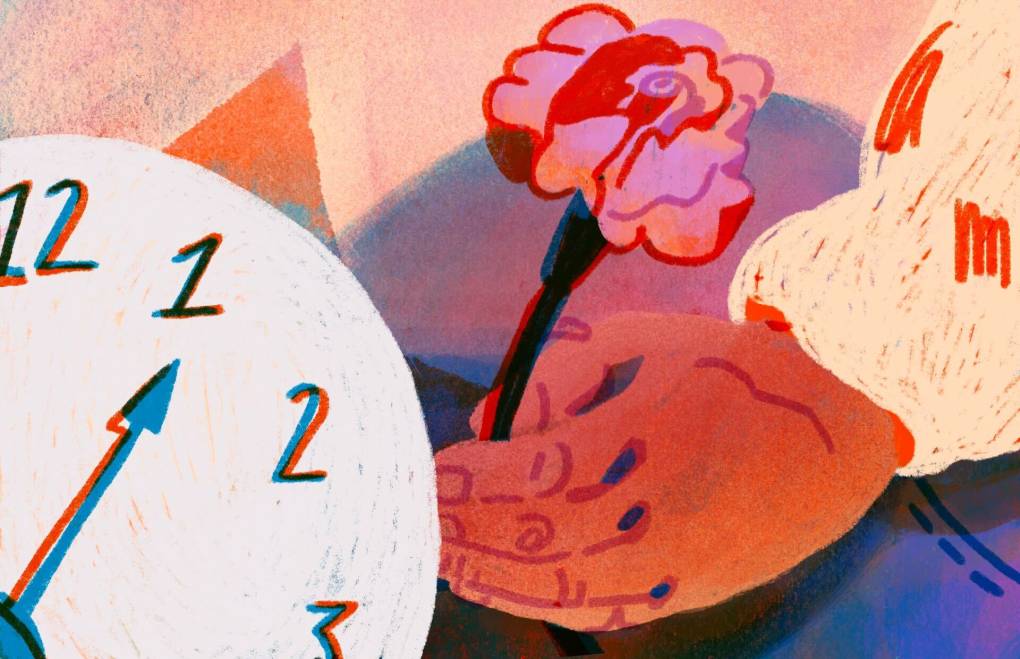
Now, time is running out for survivors of a state-run eugenics effort to receive reparations.
“Finding people, getting them to come forward and reaching people is challenging,” said Dr. Jennifer James, an associate professor at UCSF who has studied involuntary sterilization. “Systems and medical records were not quite what they are today as they were in 1920. Records weren’t always kept or weren’t kept well, and the whereabouts of those records are unclear.”
The California Victim Compensation Board received 510 applications as of Oct. 25, according to data provided by the state. A total of 108 people were approved for the compensation.
That’s compared to the 600 survivors estimated to be living when California set aside $4.5 million for survivors or their descendants two years ago. That’s a small fraction of the more than 20,000 people, state records show, who were forced to undergo hysterectomies and other sterilization procedures in California since the early 1900s.
To apply, survivors or their descendants must fill out an application online or by mail detailing their experience. Survivors must have been alive at the start of the compensation program for their descendants to benefit.
Only three survivors from 1909–1979 have applied and been approved, according to James.
“That’s really devastating,” she said. “There were tens of thousands of people affected. A lot of those people are no longer alive and aren’t eligible, but we’re really trying to spread the word.”
Survivors who can prove they were wrongfully sterilized will receive $15,000. A second and final payment of $20,000 will be sent to survivors whose applications were approved by October 2024. Any remaining money will revert to the general fund, according to the compensation board.
Gooseberry, who was surprised to learn other women were sterilized without consent, received the first portion of her compensation last year. Now, she is encouraging others to come forward and apply.
“I thought it was just me,” said Gooseberry, who now advocates for incarcerated women and the reparations program. “I’ve been trying to reach as many people as I can.”
Describing a traumatic life event in detail can be extremely difficult, so it was particularly painful for Carmen Worthy to learn her application was rejected.
Worthy, who is currently incarcerated at California Central Women’s Facility, said a prison doctor recommended removing her uterus to stop some heavy bleeding she was experiencing due to uterine fibroids. She took his advice and went through with the procedure.
“I’m not a medical doctor. So, all my yeses were from him telling me what needs to be done. I would have never done it on my own,” Worthy said in a phone interview. “You know what I mean?”
This post was originally published on this site be sure to check out more of their content.








